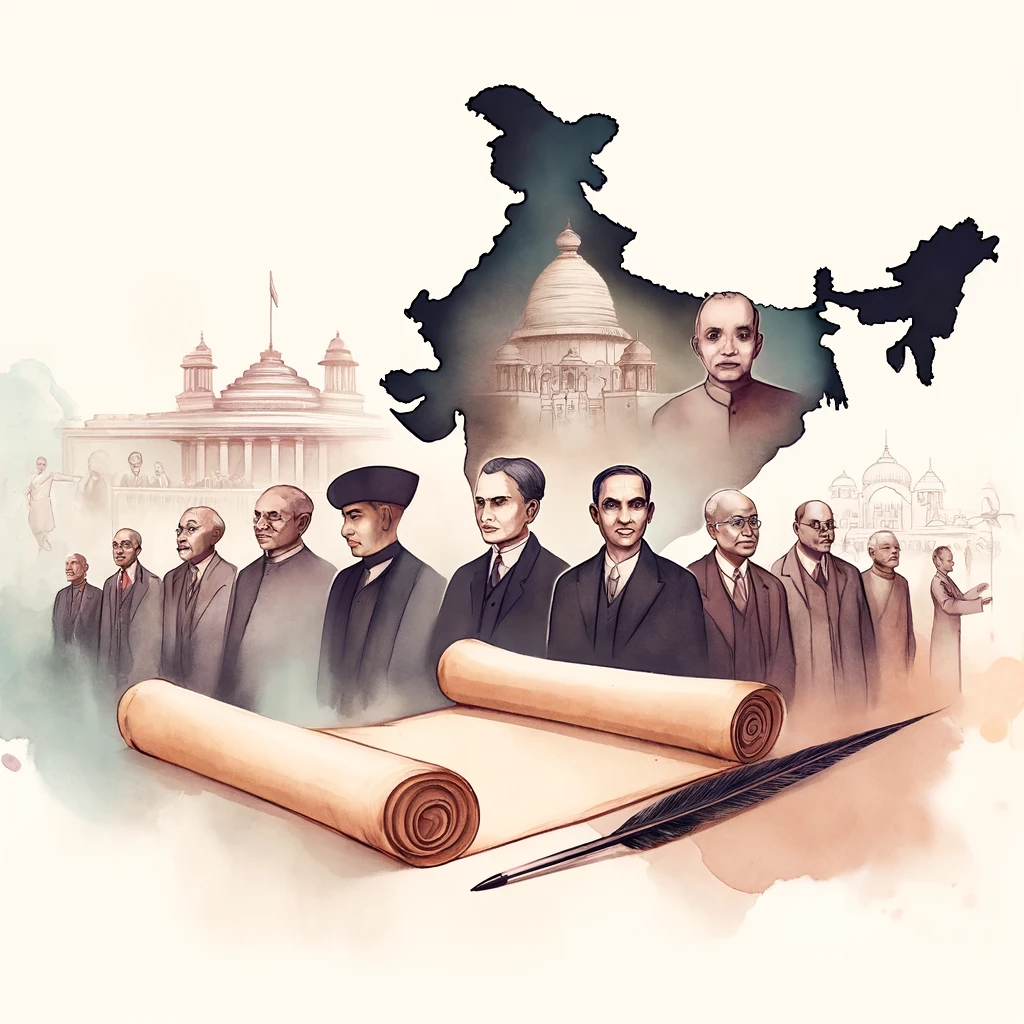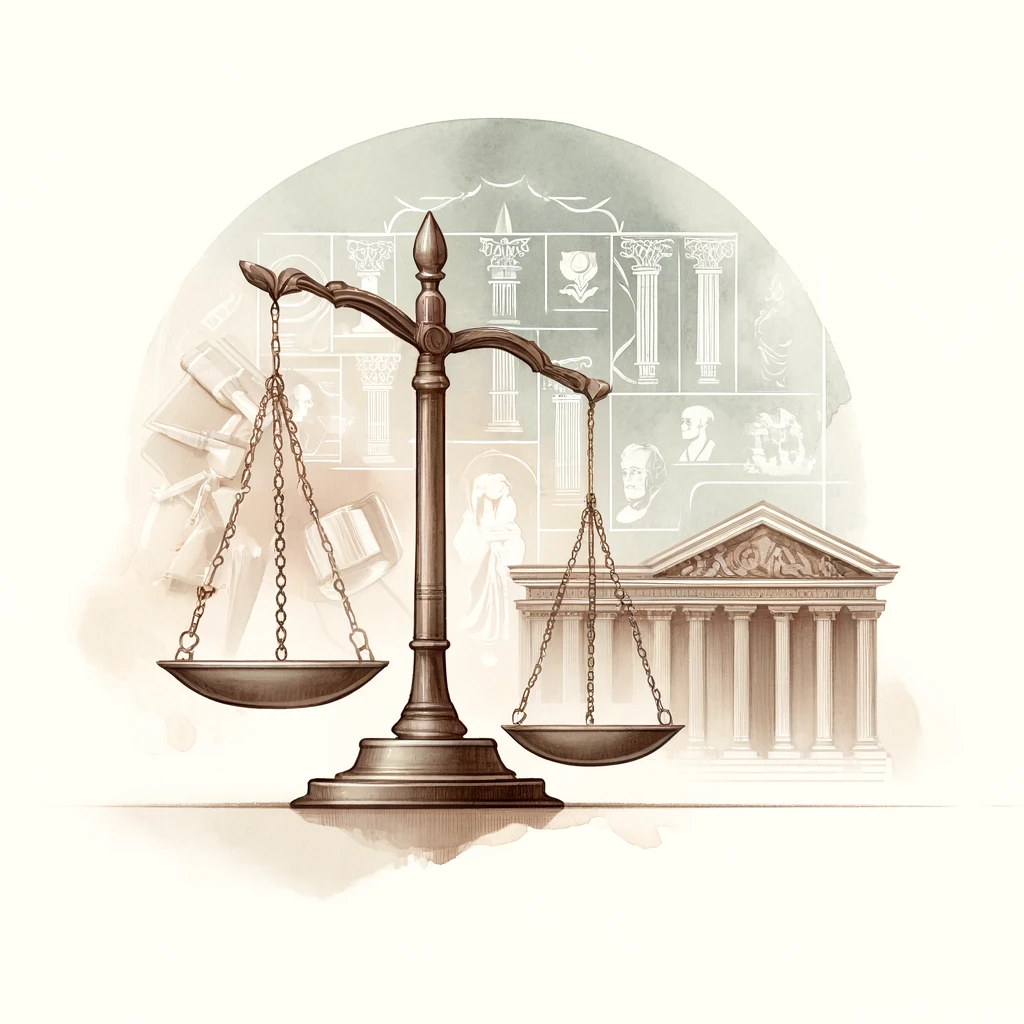The Indian Constitution is a remarkable document that has withstood the test of time, guiding the world’s largest democracy. It incorporates a range of features that reflect India’s unique needs and aspirations. Here is an overview of the salient features of the Indian Constitution.
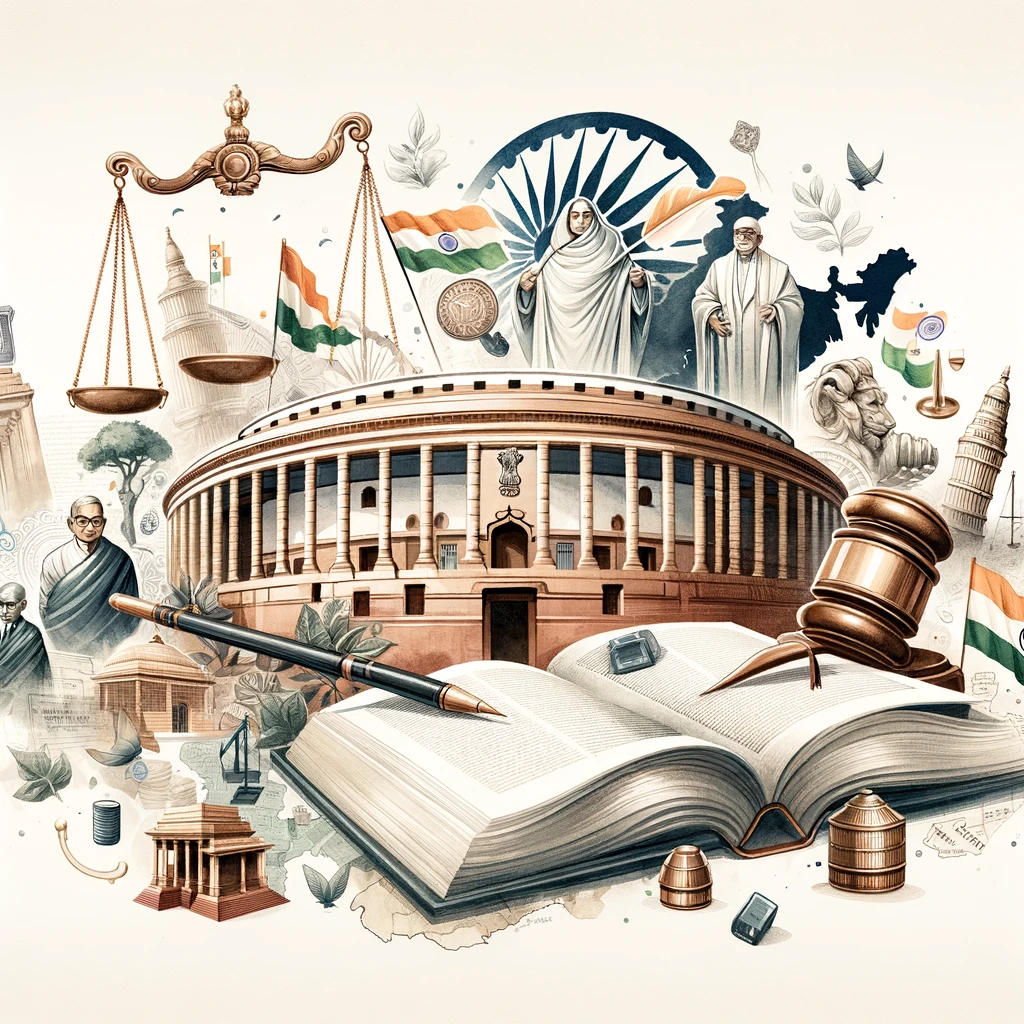
1. Lengthiest Written Constitution: Reasons for Detailed Provisions
The Indian Constitution is the lengthiest written constitution in the world, comprising 448 articles in 25 parts, 12 schedules, and numerous amendments.
- Diverse Needs: India’s vast diversity in terms of culture, language, religion, and geography necessitated a comprehensive document that could address various regional and community-specific concerns.
- Detailed Governance Framework: It includes detailed provisions on the organization and functioning of the central and state governments, outlining their powers, functions, and interrelationships.
- Protection of Rights: Extensive provisions are included to safeguard the fundamental rights of citizens and ensure social justice.
- Historical Context: Learning from colonial experiences and incorporating lessons from other constitutions worldwide contributed to its detailed nature.
This extensive detailing ensures clarity and reduces ambiguities in governance and administration.
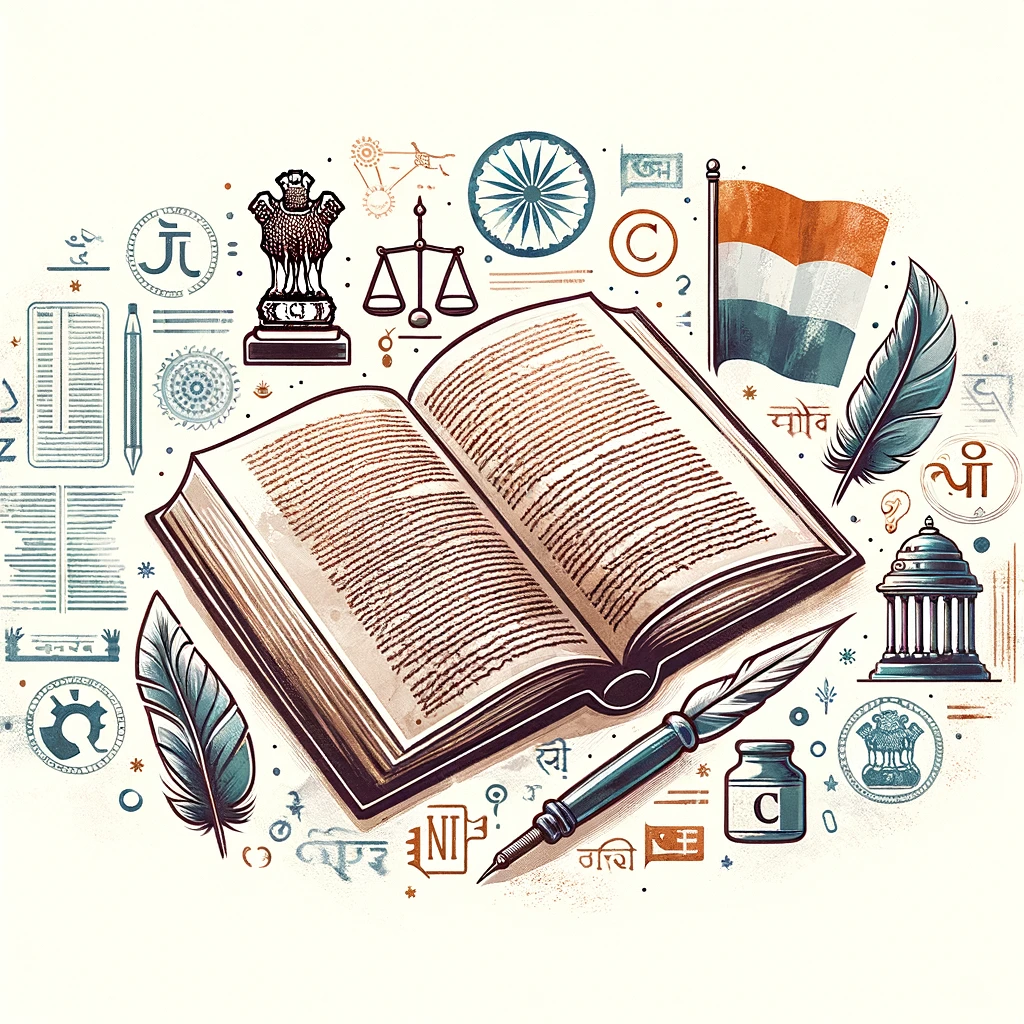
2. Federal System with Unitary Bias: Division of Powers Between Centre and States
The Indian Constitution establishes a federal system of government but with a strong unitary bias, especially in times of emergency.
- Division of Powers: Powers are divided between the central and state governments through three lists in the Seventh Schedule – the Union List, State List, and Concurrent List. This ensures a clear demarcation of responsibilities.
- Unitary Features: Despite the federal structure, the central government holds significant powers. During national emergencies, the central government can assume greater control over states, reflecting its unitary bias.
- Strong Centre: This system ensures national unity and integrity while accommodating regional diversity. The central government’s power to reorganize state boundaries further underscores this unitary bias.
This dual nature helps maintain a balance between unity and diversity, crucial for India’s vast and varied landscape.
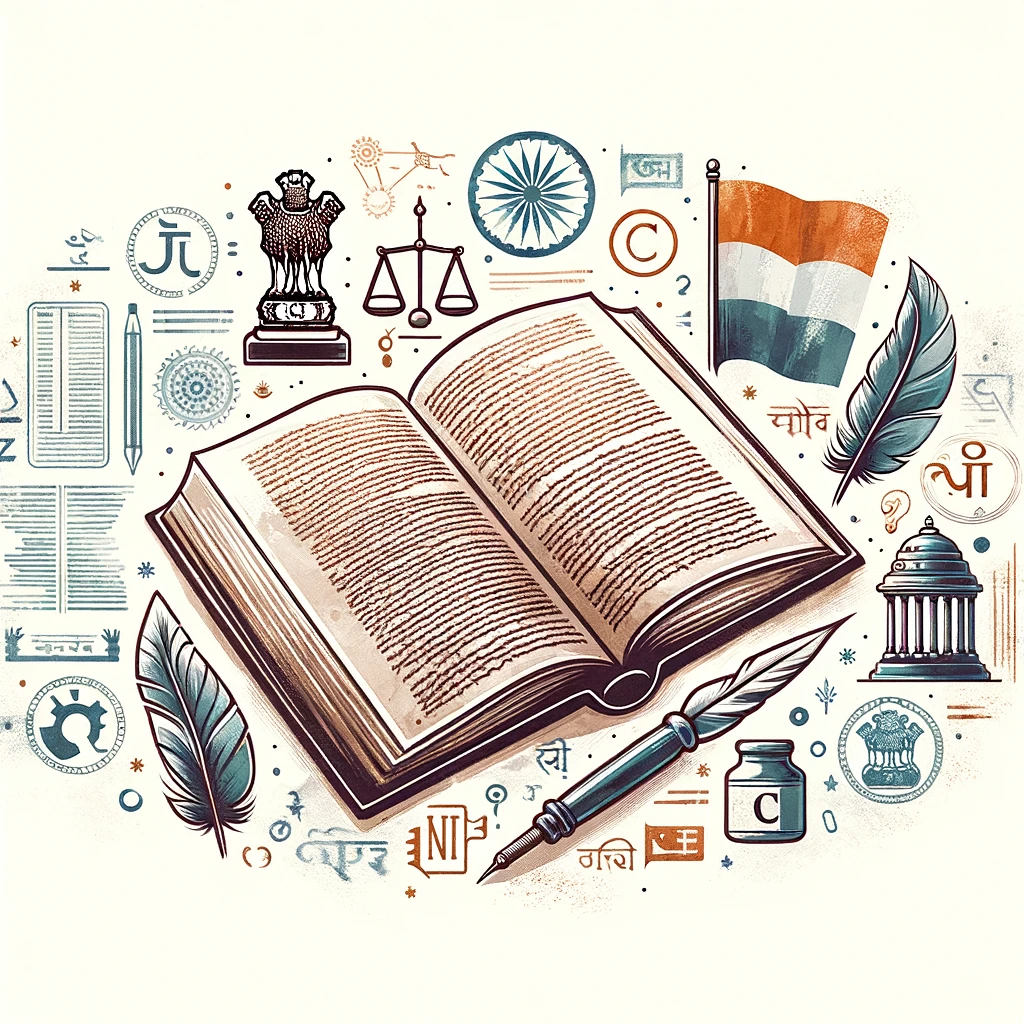
3. Parliamentary System of Government: Features and Functioning
The Indian Constitution adopts the parliamentary system of government, similar to the British model.
- Collective Responsibility: The Council of Ministers, headed by the Prime Minister, is collectively responsible to the Lok Sabha, the lower house of Parliament.
- Bicameral Legislature: The Parliament consists of two houses – the Rajya Sabha (Council of States) and the Lok Sabha (House of the People). This bicameral structure ensures representation at both national and state levels.
- President’s Role: The President of India is the ceremonial head of state, with real executive power vested in the Prime Minister and the Council of Ministers.
This system ensures a close relationship between the executive and legislative branches, promoting accountability and responsiveness.
4. Fundamental Rights and Duties: Significance and Judicial Enforceability
The Constitution enshrines a comprehensive list of Fundamental Rights and Duties for its citizens.
- Fundamental Rights: Part III of the Constitution guarantees civil liberties such as the right to equality, freedom, religion, and constitutional remedies. These rights are justiciable, allowing individuals to approach the judiciary for enforcement.
- Fundamental Duties: Added by the 42nd Amendment in 1976, these duties emphasize the moral obligations of citizens to promote harmony, protect the environment, and uphold the Constitution and national integrity.
- Judicial Enforceability: The judiciary plays a crucial role in upholding these rights through judicial review, ensuring that laws and policies conform to constitutional mandates.
These rights and duties are fundamental to the democratic ethos of the country, ensuring the protection of individual freedoms while promoting collective responsibility.
5. Directive Principles of State Policy: Non-Justiciable Guidelines for Governance
Part IV of the Constitution outlines the Directive Principles of State Policy, which are non-justiciable but essential for governance.
- Social and Economic Goals: These principles aim to establish a welfare state by promoting social and economic justice. They guide the state in making policies that ensure adequate livelihood, equal pay, and improvement in health and education.
- Non-Justiciable Nature: While these principles are not enforceable by the courts, they are considered fundamental in the governance of the country, providing a framework for creating laws and policies.
- Moral Obligation: The Directive Principles impose a moral duty on the government to strive towards achieving the ideals of social and economic democracy.
These principles complement the Fundamental Rights, working together to ensure a holistic approach to governance and development.
6. Amendability: Procedures and Flexibility
The Indian Constitution is a dynamic document that allows for amendments to address changing needs and circumstances.
- Amendment Procedure: Article 368 outlines the amendment process, which can be classified into three categories: simple majority, special majority, and special majority with ratification by states. This tiered approach ensures that fundamental changes require broader consensus.
- Flexibility: The provision for amendments makes the Constitution flexible and adaptable. This flexibility has enabled the Constitution to evolve over time, reflecting societal changes and needs.
- Balancing Rigidity and Flexibility: While the process is designed to prevent hasty alterations, it is sufficiently flexible to allow for necessary reforms.
This amendability ensures the Constitution remains relevant and effective, capable of meeting new challenges while preserving its core principles.
Conclusion
The Indian Constitution is a living document that embodies the values and aspirations of the Indian people. Its comprehensive and detailed provisions, federal structure with unitary bias, parliamentary system, protection of fundamental rights and duties, directive principles for governance, and amendability make it a robust and enduring framework for the world’s largest democracy. For UPSC aspirants, understanding these features is crucial for a nuanced comprehension of India’s constitutional and administrative framework.

